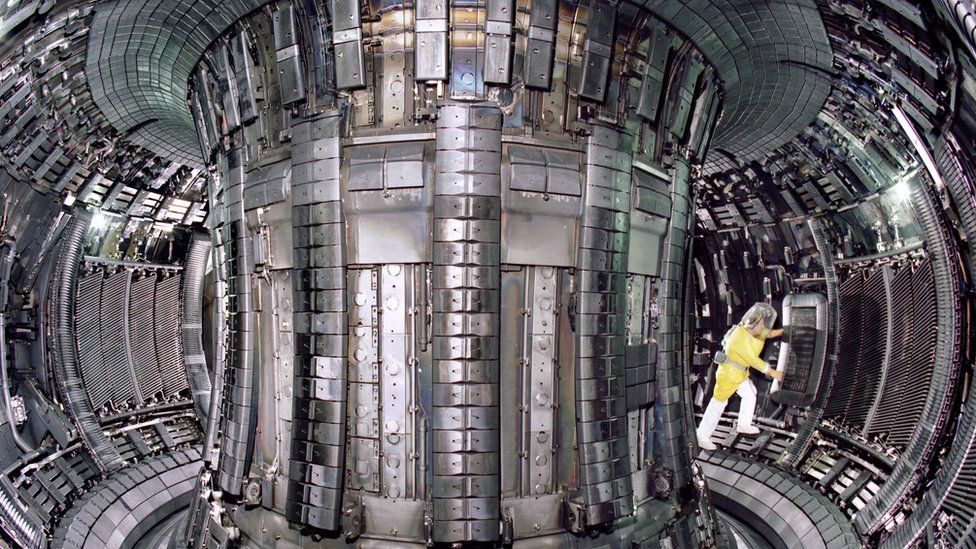-

-
-
Loading

Loading

The Joint European Torus (JET) fusion laboratory, located in Oxford, is set to conclude its final experiment on Saturday. The JET project, which began in 1983, aimed to achieve nuclear fusion and harness clean energy. Nuclear fusion, which releases a significant amount of energy without emitting greenhouse gases, has long been seen as the ideal solution for energy production. JET utilized a tokamak model, which uses magnetic fields to contain plasma and facilitate fusion reactions. The site achieved several notable milestones, including holding the record for the most energy produced from a fusion experiment. However, the road to success was not without its challenges, with experiments being suspended for nearly a decade in the mid-2000s. The JET site will now undergo decommissioning, providing valuable insights for future fusion projects. The knowledge gained from JET will be utilized by the new Iter reactor in France, which is the world's largest fusion project. Despite the UK's withdrawal from the project, the country has committed funding to its own domestic fusion energy program, including the construction of a prototype fusion energy plant called STEP. The UK aims to have operational fusion reactors by the early 2040s.